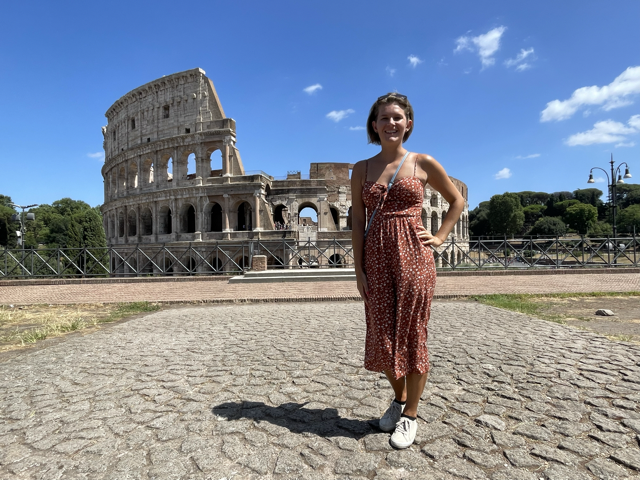
Rome, Italy
8 days adventuring around one of Italy's largest cities, filled with rich history, great food, and friendly people
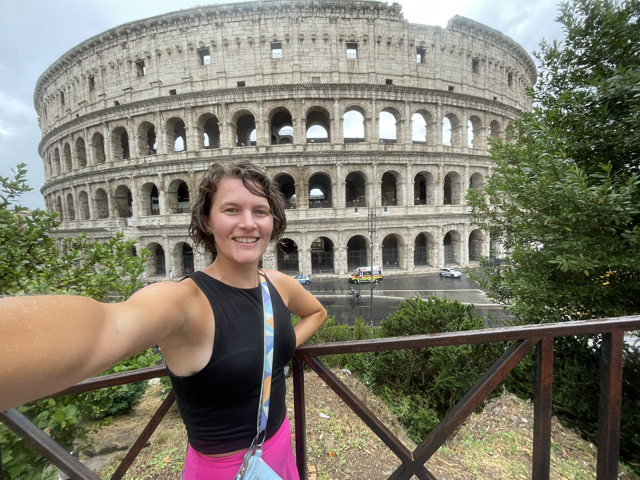
Highlights from Rome
- taking a tour of the Colosseum
- witnessing a sudden rainstorm roll in while outside the Colosseum, and seeing everyone run for cover
- walking around the Roman Forum
- checking out the charming area Trastevere
About Rome
Rome, or Roma in Italian, is Italy’s capital and one of the world’s great historic cities. Its roots stretch back over 2,700 years, evolving from a small settlement into the center of one of history’s most powerful empires. Today, Rome is a layered metropolis: ancient ruins, medieval alleys, Renaissance palaces, and 21st-century street life exist side by side.
Often called the Eternal City, Rome’s appeal is timeless — art and architecture mingle with daily life. The entire historic center is a UNESCO World Heritage site. (It’s also preparing for a big year: the Vatican’s Jubilee celebrations in 2025 will bring increased pilgrimage and restoration efforts.)
Because Rome is so historically dense, much of your visit is about walking, getting slightly lost, and letting the city surprise you. But having a roadmap (even a loose one) helps you capture both the must-see highlights and the hidden corners.
The Top Things To Do in Rome
Here’s a curated list of Rome’s top experiences — mixing the iconic with a few lesser-known gems:
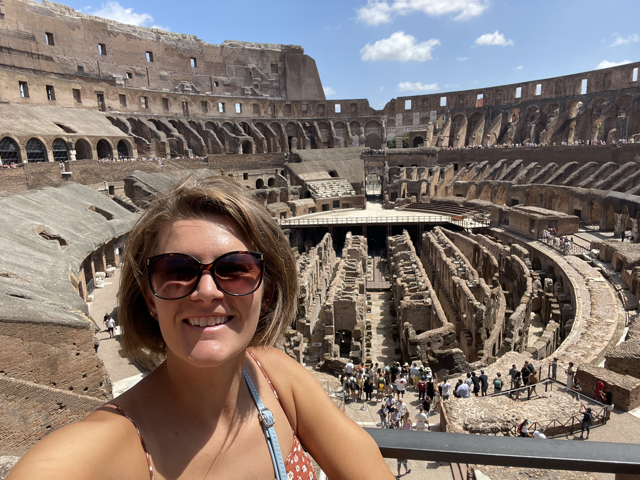
Tour the Colosseum, Roman Forum, and Palatine Hill
No first trip to Rome is complete without them. Book a skip-the-line or guided tour to fully appreciate the scale, stories, and architecture. You can buy an entry ticket that includes all three areas. Book early though, tickets sell out fast!
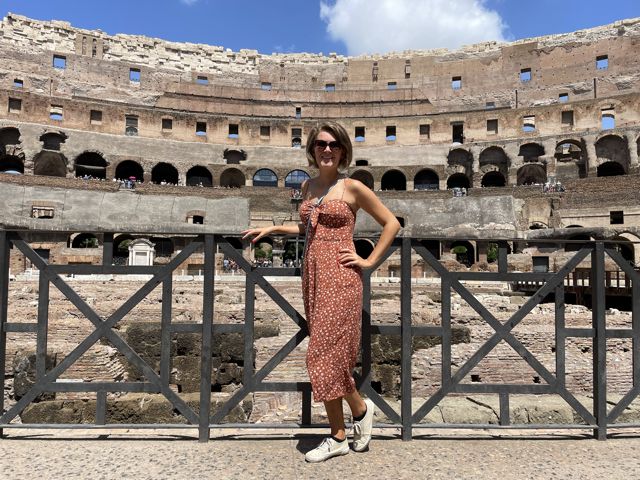
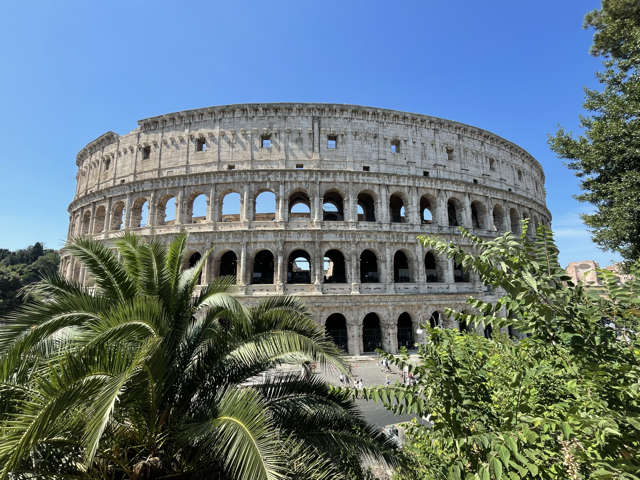
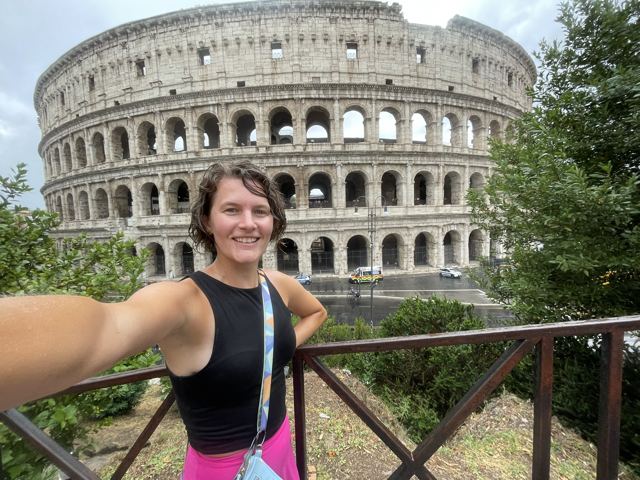
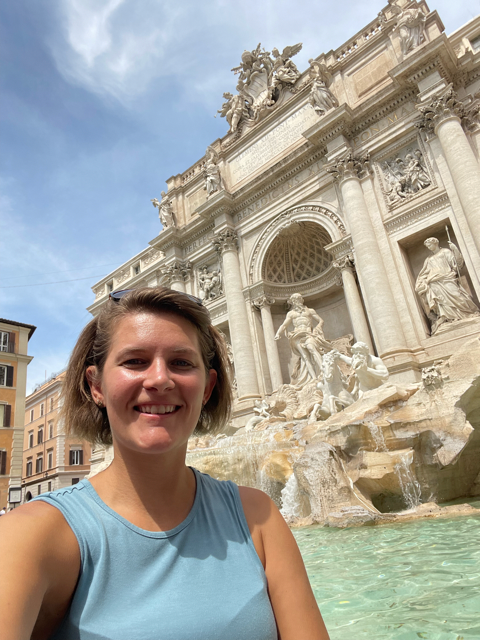
Visit the Trevi Fountain
The Trevi Fountain is Rome’s most iconic Baroque masterpiece, famous for its stunning sculptures and crystal-clear waters. Tradition says tossing a coin into the fountain ensures your return to the Eternal City, making it a must-visit spot for travelers.
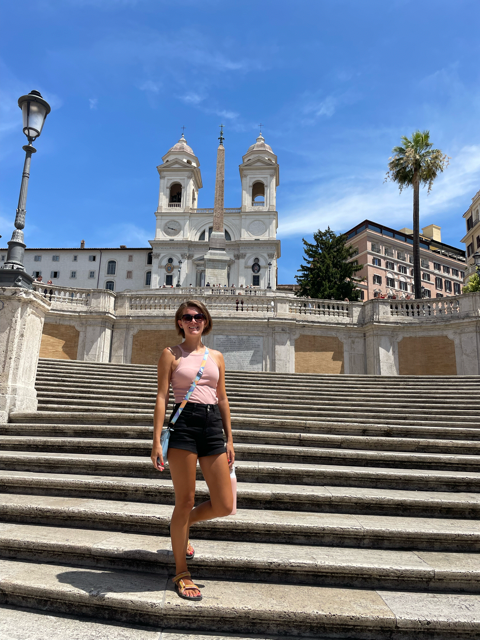
Walk up the Spanish Steps
The Spanish Steps are a lively gathering place connecting Piazza di Spagna to the Trinità dei Monti church. Climb the 135 steps for people-watching, panoramic views, and a quintessential Roman experience at any time of day. No sitting though!
And no I didn't photoshop people out of this picture. I just got lucky with a lull of people on the steps around me!
Where to Stay when you visit Rome
Getting around in Rome is fairly simple, so the options of where to stay are pretty vast. Consider options like:
Luxury Hotels - Eitch Borromini Palazzo Pamphilj, Hotel L'Orologio Roma, Bettoja Hotel Mediterraneo, DoubleTree by Hilton Rome Monti, and Martis Palace Hotel
Mid-Range Accommodations - Hotel Chapter Roma, Hotel Monte Cenci, Marcella Royal Hotel - Rooftop Garden, Kolbe Hotel Rome, and The Guardian Hotel
Budget-Friendly Options - JO&JOE Roma, Ostello Bello Roma Colosseo, The RomeHello Hostel, and YellowSquare Rome
In addition, use the interactive map below to select your dates and total guest to see real-time pricing.
Travel Tips for Visiting Rome
Here’s a practical mix of tips to make your Rome experience smoother, safer, and more rewarding:
Best times to visit: October–April offers fewer crowds and lower rates. May and September offer a sweet spot of pleasant weather and manageable crowds.
Avoid Mondays for major museums: Many museums and Vatican sites close or shorten hours on Mondays. Use that day for parks, neighborhoods, or day trips.
Buy tickets in advance / skip lines: For the Colosseum, Vatican, and popular tours, get skip-the-line or timed-entry tickets online.
Transport & ticketing: You can’t buy bus tickets on board—purchase them ahead (in tabaccherie or newsstands). Consider multi-day transit passes for convenience. The metro has just a few lines, so walking is often faster in the historic core.
Dress respectfully for churches: Cover shoulders and knees when entering religious sites. Pack a lightweight scarf or shawl.
Timing your day: Start early — mornings are less crowded. Plan breaks midday (siesta or café breaks), then do outdoor plazas in the evening glow.
Stay hydrated & pace yourself: Rome involves a lot of walking on uneven cobblestones. Bring a reusable water bottle (many free fountains).
Watch for tourist traps: In heavily touristed zones, restaurants may overcharge. Walk a block or two off the main piazzas for better value.
Learn a few Italian phrases: Simple “Buongiorno,” “Grazie,” “Scusi” go a long way and make interactions warmer.
Stay alert to pickpockets: Keep bags zipped, especially in crowds, metros, and around popular landmarks.
Plan for rest / buffer days: Don’t overpack your days. Leave space for wandering, spontaneous discoveries, or slower mornings.
FREQUENTLY ASKED QUESTIONS
FAQs about Rome
How many days should I spend in Rome?
Ideally 3 to 5 full days lets you balance the must-sees and some deeper exploration. Some sources recommend a minimum of three days.
Is Rome safe for solo travelers / women?
Yes, generally. Use common-sense precautions (avoid empty alleys at night, keep your belongings close). Many solo travelers find Rome rewarding and manageable.
Do I need to speak Italian?
No, but knowing a few basic phrases will enhance your experience and interactions with locals.
What are must-try foods in Rome?
Don’t miss cacio e pepe, carbonara, amatriciana, supplì (fried risotto balls), gelato, espresso, Roman-style pizza, and artichokes (carciofi) when in season.
Are there good day trips from Rome?
Yes! Popular trips include Ostia Antica, Tivoli (Villa d’Este & Hadrian’s Villa), Orvieto, and even Florence or Naples if you have more time.
Should I tip in Rome?
Tipping is not mandatory, but rounding up or leaving 5–10% in nicer restaurants is appreciated. For small services (café, gelato), a few coins is fine.
When is the best time to book flights / hotels?
Book at least 2–4 months in advance for peak seasons. For the 2025 Jubilee year, earlier is better given the anticipated influx of visitors.
What’s the deal with the Vatican’s Jubilee 2025?
It's a major Catholic year that brings pilgrim traffic, special events, and likely surge in demand for accommodations and tickets. Booking early and planning alternative routes (less-crowded routes to Vatican) is wise.
Digital Nomad Diaries from Rome
-
What You Need to Know Before Visiting the Colosseum in Rome, Italy
Learn moreAn overview with tips and more
